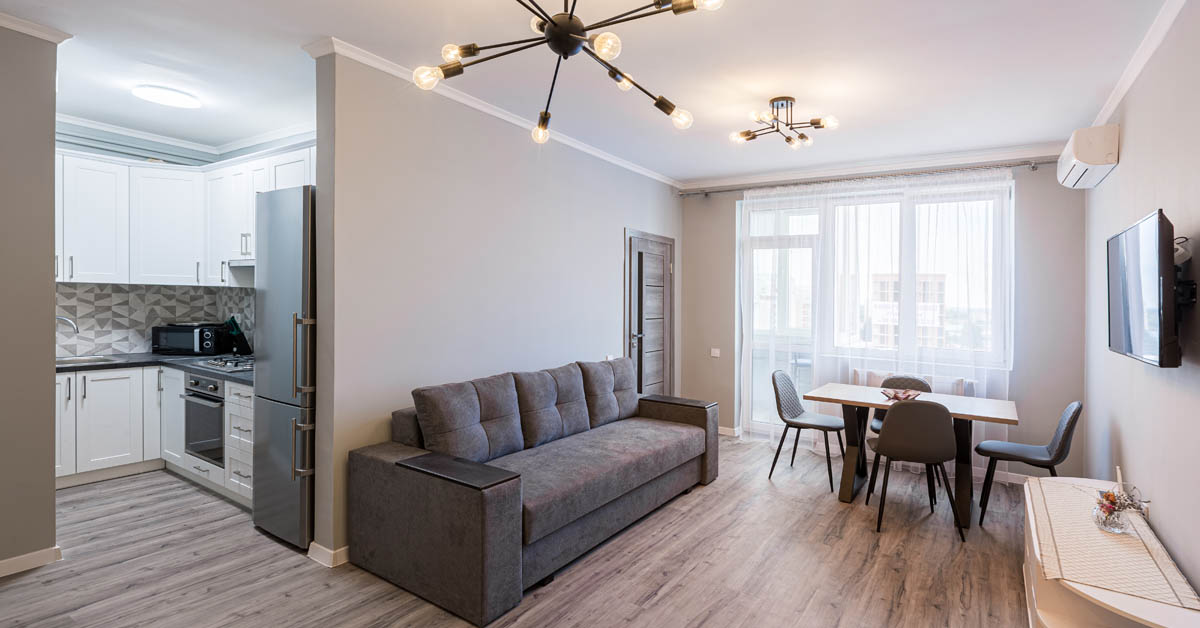More two- and three-bedroom apartments were added to the market last year, pushing the average size of a new apartment to 916 square feet.
That’s up by 27 square feet from one year prior, according to RentCafe. The sharp annual increase bears a stark contrast to the longstanding trend of shrinking apartment size over the past several years. From 2018 to 2022, average new apartment size in the U.S. had fallen from 930 square feet to 889 square feet, growing just once year to year (in 2021) over that time frame — and only by 3 square feet.
The decrease in apartment size from 918 square feet in 2021 to 889 square feet in 2022 was the largest over that time period, with the rebound in 2023 almost completely offsetting the precipitous drop.
Part of the size increase can be attributed to the opening of more two- and three-bedroom units last year. The share of two- and three-bedroom apartments grew moderately compared to the 10-year average in 2023, with two-bedroom units rising to 39.2% of new construction compared to 38.6%. Three-bedroom units inched up to 7.3% of new units from a 10-year average of 7.1%.
But it’s not just that; two- and three-bedroom units have been getting steadily larger, adding more floor space over the past decade. The average size of a new two-bedroom apartment is currently 1,099 square feet, up by 7 square feet since 2014. Three-bedroom units have gained even more space, picking up 19 square feet in the last 10 years.
Notably, the trend of growing apartment size appears to be bearing out even in some of the nation’s largest, densest urban rental hubs. The average sizes of rentals in large gateways such as San Francisco, Boston, Los Angeles, Chicago and even notoriously cramped Manhattan is slowly inching upward. In San Francisco, for example, new apartments have gained 73 square feet over the past decade; in the Windy City, it’s been a 97-square-foot addition over that same timeframe. It’s worth noting that new apartments in those markets are still among the smallest in the nation, but the ongoing increase in physical footprints bears watching.
The extra floor space in two- and three-bedroom apartments may be of greater interest of late to would-be homeowners stuck in the renter pool because of unaffordability. High home prices and high rates have the single-family purchase market in an holding pattern of sorts, with many potential buyers priced out and many potential sellers still unwilling to put their properties on the market.
It’s also interesting to note that while large apartments are getting larger, the opposite is happening on the other end of the rental size spectrum. Smaller apartments have been getting more compact in the past decade; the average new studio apartment has gotten smaller by 54 square feet over the past 10 years, while one-bedroom units have shed 7 feet from their physical footprint.






